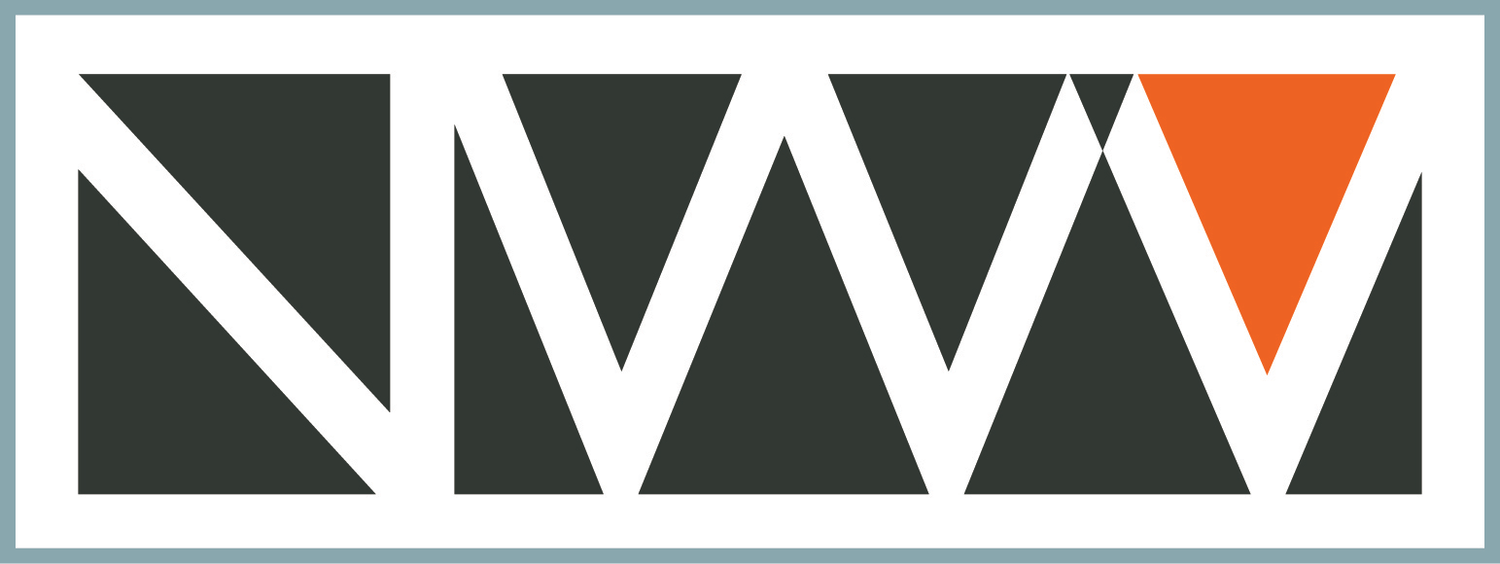Northwest Vernacular provides a wide range of historic preservation services. Our co-founders honed these skills over 20 years of work in the field and with previous firms, and remain active in professional development to keep current with regulations and best practices. In our work, we seek to develop long-term relationships with clients to support them in their ongoing stewardship work.
Our approach of direct involvement by our co-founders in projects brings the value of their expertise and creative energies to clients, while our business model of minimizing overhead costs allows us to provide affordable pricing for our services.
Research
We have experience working in a variety of archives nationwide, can efficiently use finding aids, are well-versed in digitizing materials, and have a high capacity to work through large volumes of materials to find and extract the relevant data quickly. We can work with clients to tailor our research to address their needs as efficiently as possible. We have experience preparing SEPA Appendix A documentation for properties.
Survey and Inventory
This is the identification and documentation through field forms and digital photography of properties (typically 50 years or older) within a survey area. We have extensive working experience conducting both reconnaissance and intensive level historic property surveys in both urban and rural environments. We can tailor data collection to client management needs in addition to meeting regulatory requirements. We are familiar with regulatory requirements for survey and inventory work in in Washington, Oregon, and Idaho. We can work with clients to help develop survey area boundaries to provide the best planning data based on their budget and project needs. We can also work with volunteers, providing training and quality control, to help clients leverage stakeholder groups to survey as many properties as possible.
Historic Structures/Landscape Reports
These reports document the history, condition, and physical needs for properties to guide their treatment. We have experience developing these reports on a variety or property types in urban and rural settings. We can develop an organizational approach that makes the data readily accessible to inform treatment decisions. We are able to formulate a detailed set of prioritized recommendations to guide ongoing work and support fund raising and budgeting. We can work with clients to tailor the proscribed content to address property use and project budgets. We can bring on specialty sub consultants, such as structural engineers, arborists, landscape architects, and architects to address specific items and integrate their findings into the overall report.
Nominations
These record the historical and architectural significance for individual properties and districts. We have experience working on National, State, and Local Register nominations and evaluations. We understand the regulatory needs for content and how to craft a compelling, and concise successful nomination. We are well versed in taking and formatting the digital images and developing the maps, preparing PowerPoint presentations, and presenting before historic commissions.
Financial Incentives
These range from grants to the federal rehabilitation tax credit applications. We have extensive experience preparing the rehabilitation tax credit applications for individual buildings and larger complexes, and for private developers and public development authorities, as well as Washington State Special Valuation applications. We can write grant applications for non-profit organizations to support their stewardship of historic properties. We can provide clients with an initial feasibility consultation to determine what financial incentives might be available and potential issues that might arise based on their property and proposed project. We can help connect property owners with legal and financial experts to help clients utilize the incentives.
Preservation Planning
This includes historic property management plans and city preservation plans. These plans record the history, past work, current state, and future needs for a property, campus or city, as well as, integrate the management vision, goals, uses and actions, and supporting policy guidance. They provide a comprehensive framework for the stewardship and working with a diverse range of stakeholders. We are well-versed in the preparation of these plans for sites, campuses, and cities. We can lead multi-disciplinary teams including structural engineers, landscape architects, arborists, paint analysts, and land surveyors to collect and bring together the planning data. Our capacity to utilize GIS software allows us to organize and layer the data sets over the site or city to inform planning. We can conduct workshops and public meetings with non-profit boards, historic commissions, and stakeholders to develop the vision, goals, and uses that shape the policy guidance. We can work with clients to talk through initial goals and needs to shape a scope of work to tailor a plan to the specific resource.
Interpretation Planning
These documents establish the vision, goals, and the framework for interpreting historic properties. These can be applied to sites, properties, neighborhoods and Main Streets, and can be undertaken as part of a broader strategic and heritage tourism marketing plan. We can develop a research design and conduct the research to identify the themes, supporting stories and places that communicate the historical or architectural significance of a place and anchor its identity. We are able to conduct oral history interviews and outreach interviews with stakeholders to understand the different perspectives on a place’s history and the meaning for the community. Our use of GIS software allows us to overlay patterns and areas within a community to support strategic planning and identification of potential conservation districts and supporting planning tools. We can craft compelling narrative that can be readily used by communities for marketing.

